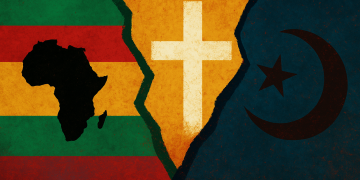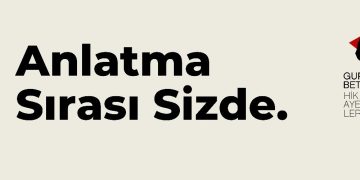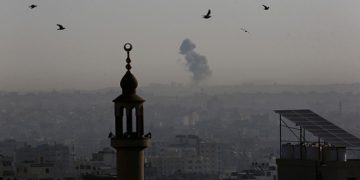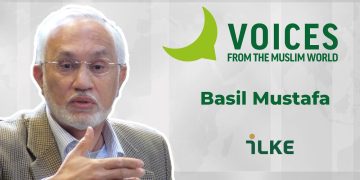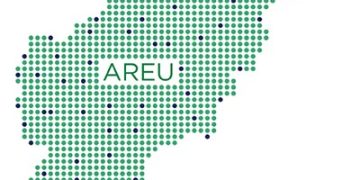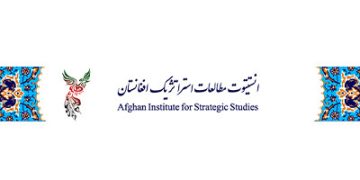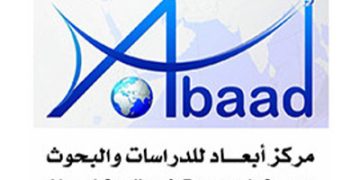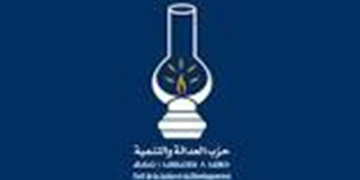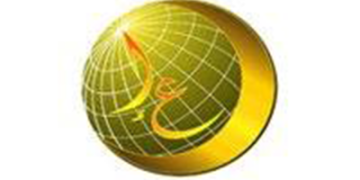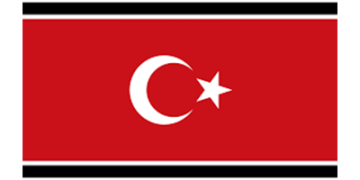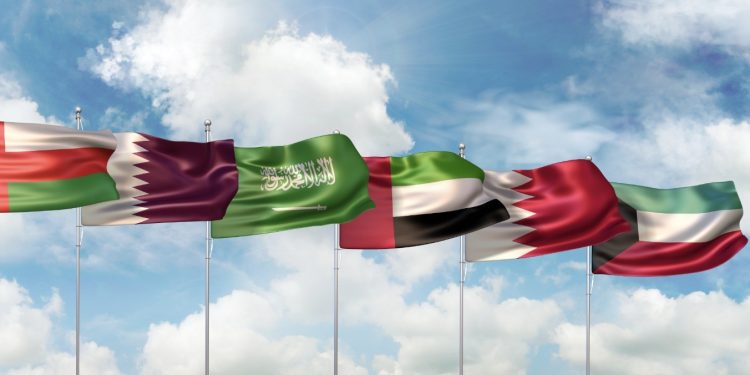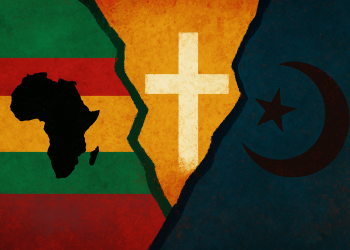Although the history of modern Islamic financial institutions dates back to the 1960s, it had its real rise in the early 1970s. Undoubtedly, the share of oil revenues obtained by the Muslim world in the Arab geography is quite significant in this rise. At the time when the Islamic Development Bank was established in Jeddah, Dubai Islamic Bank, Kuwait Finance House and Bahrain Islamic Bank started operating subsequently, all before the 1980s (Wilson, 2009). Thus, since the 1970s, oil-rich Arab countries, primarily Saudi Arabia, or in other words, the Gulf Cooperation Council (GCC) countries (Bahrain, United Arab Emirates, Qatar, Kuwait, Saudi Arabia and Oman) have played an important role in the development of Islamic finance. Among these, Oman is the only country where Oman Islamic finance sector has appeared quite recently.
The main segment that distinguishes GCC countries from other countries is the banking sector. As shown in Figure 1, the GCC countries had approximately US$1.2 trillion in banking assets in 2021, while the total size of other countries was approximately US$891.6 billion. Looking at the issuance of Sukuk[1], while the sum of other countries was US$443.4 billion, the GCC countries issued US$332.3 billion of sukuk. The main reason why the GCC countries lag behind the sum other countries in issuing sukuk is Malaysia’s leading position in issuing sukuk. In Islamic funds, the GCC countries’ share stands at US$ 46 billion, while other countries have approximately US$ 108.6 billion. In takaful practice (participation insurance), the GCC countries have 12.7 billion US dollars, while the worth of takaful practice of other countries is 11.6 US dollars in total. With all these practices, the total contribution of the GCC countries to the Islamic finance sector in 2021 was 1.6 trillion dollars. This figure stood at $1.38 trillion in 2020. Thus, its contribution increased from 49% in 2020 to 52.4% in 2021. Considering the COVID-19 epidemic experienced during the period of the rise, a significant success has been achieved.
According to The Banker’s 2021 report, there are a total of 139 Islamic financial institutions in the GCC countries, including commercial banks, wholesale banks, investment companies, insurance companies and non-bank financial institutions as full-fledged or Islamic windows. While there are 40 Islamic financial institutions in total in Saudi Arabia, only 7 institutions exist in Oman. The reason for the small number of Islamic financial institutions in Oman is related to the recent introduction of Islamic financial practices there. Citizens also drew their attention towards Islamic finance after the protests that took place in Oman during the Arab Spring (Parker, 2011). As a result, the first Islamic banking institution started operating in Oman in 2012.
Looking at the banking sector, which ranks first in terms of the contribution of GCC countries to the Islamic finance sector, it is seen that 8 of the 10 largest Islamic banks belong to GCC countries. The other two banks are located in Malaysia. These 10 banks are also the largest Islamic financial institutions. The country with the most banks in the top 10 is Saudi Arabia. Saudi Al Rajhi Bank, on the other hand, stands out as the largest Islamic financial institution with its Shariah-compliant assets of approximately US$125 billion.
When we look at Islamic insurance companies, we see a picture similar to the banking sector. Seven of the top 10 Islamic insurance companies are located in the GCC countries. In fact, six of these companies are located in Saudi Arabia. According to this table, it is possible to say that Saudi Arabia is a pioneer in the Islamic insurance sector, and the largest company is The Company for Co-operative Insurance, with its Shariah-compliant assets of US$3.8 billion.
When the global sukuk issuances of the GCC countries are analyzed, it is seen that Saudi Arabia was the largest exporter GCC country between 2001 and 2021, as shown in Table 4. Saudi Arabia is followed by the United Arab Emirates. Bahrain, which is the smallest country in the region in terms of demographics and its land area, is the third largest global sukuk exporter. In addition, when the amount of sukuk is taken into account, Bahrain is the country that exports the most with 492 issues. Considering the last 20 years of issuance of the GCC countries, it is seen that 25.9% of the total global sukuk issuances are realized here. Although this share may seem high at first glance, it is possible to say that it is low for these highly prosperous countries, which are the driving force for the sector. In particular, it lags far behind the banking sector. The relatively lower performance of the GCC countries in terms of sukuk can undoubtedly be attributed to Malaysia’s leading position in this field. However, with the recent fluctuations in oil prices and the budget deficit in the GCC countries due to the COVID-19 epidemic, it is a strong possibility that the issuance of sukuk will increase in order to provide the necessary liquidity to the projects in the region.
Oil-rich Arab countries, which have been the driving force of the Islamic finance sector since the day it emerged in the modern sense, have made significant contributions to the development of this sector. Although they have a very high share in terms of sukuk, Islamic funds and non-bank financial institutions, their biggest contribution has undoubtedly been to the banking and Islamic insurance sectors, where they have a larger share than the rest of the world. When evaluated as a country, the most striking countries are Saudi Arabia and Oman. Since the emergence of modern financial institutions, Saudi Arabia has been in the leading position as the driving force of this sector thanks to its oil revenues. Despite being the last country to start Islamic financial practices among the countries in the region, Oman has been on a rapid rise with the institutions it has established in the last 10 years. There is no doubt that the demand from the public has a great impact on this policy of Oman. In fact, this situation is seen as an opportunity for countries with relatively less natural resource incomes to become financial centers compared to other GCC countries such as Oman and Bahrain. In this context, Bahrain hosts many international Islamic financial institutions and with this feature, it shows a multi-faceted development from educational institutions to banks, and from fintech companies to regulatory and supervisory institutions. From this point of view, it is possible to say that Bahrain has achieved significant success in this field.
As a result, the GCC countries have made significant contributions to the banking sector, by utilizing the prosperity they have achieved through oil revenues in the financial sector. On the other hand, the development of the financial sector in the region contributes to the diversification of the economies of the regional countries that depend on a single source of income. In summary, it is possible to say that the financial sector, which developed with the Gulf capital, diversified the economies of the Gulf countries. The fact that the GCC countries support the Islamic finance sector and more specifically fintech projects shows that this sector will be important in diversifying the national economies in the future.
References
IIFM (2020). Sukuk report: A comprehensive study of the global sukuk market. Manama, Bahreyn. Retrieved from https://www.iifm.net/sukuk-reports
IFSB (2022). Islamic financial services industry: Stability report 2022. Retrieved from https://www.ifsb.org/sec03.php
Parker, M. (2011). Oman’s welcomed u-turn in Islamic banking policy. Arab News. Retrieved from https://www.arabnews.com/node/378338
The Banker (2021). Top Islamic financial institutions. November 2021, Special Report.
Wilson, R. (2009). The development of Islamic finance in the GCC. Kuwait Programme on Development, Governance and Globalisation in the Gulf States. London School of Economics and Political Science. Retrieved from http://eprints.lse.ac.uk/55281/
[1] Sukuk (Islamic investment certificate, ا كوكصل): A type of financial certificate, investment certificate. Securities that are issued to provide financing to represent ownership or usufruct shares in assets or shares in an investment activity, enabling their owners to benefit from the generated income according to their shares. It is divided into different types such as ijarah sukuk, Mudarabah sukuk, Musharakah sukuk, hybrid sukuk, etc. based on the contract behind it. (TKBB Dictionary of Interest- Free Finance)








